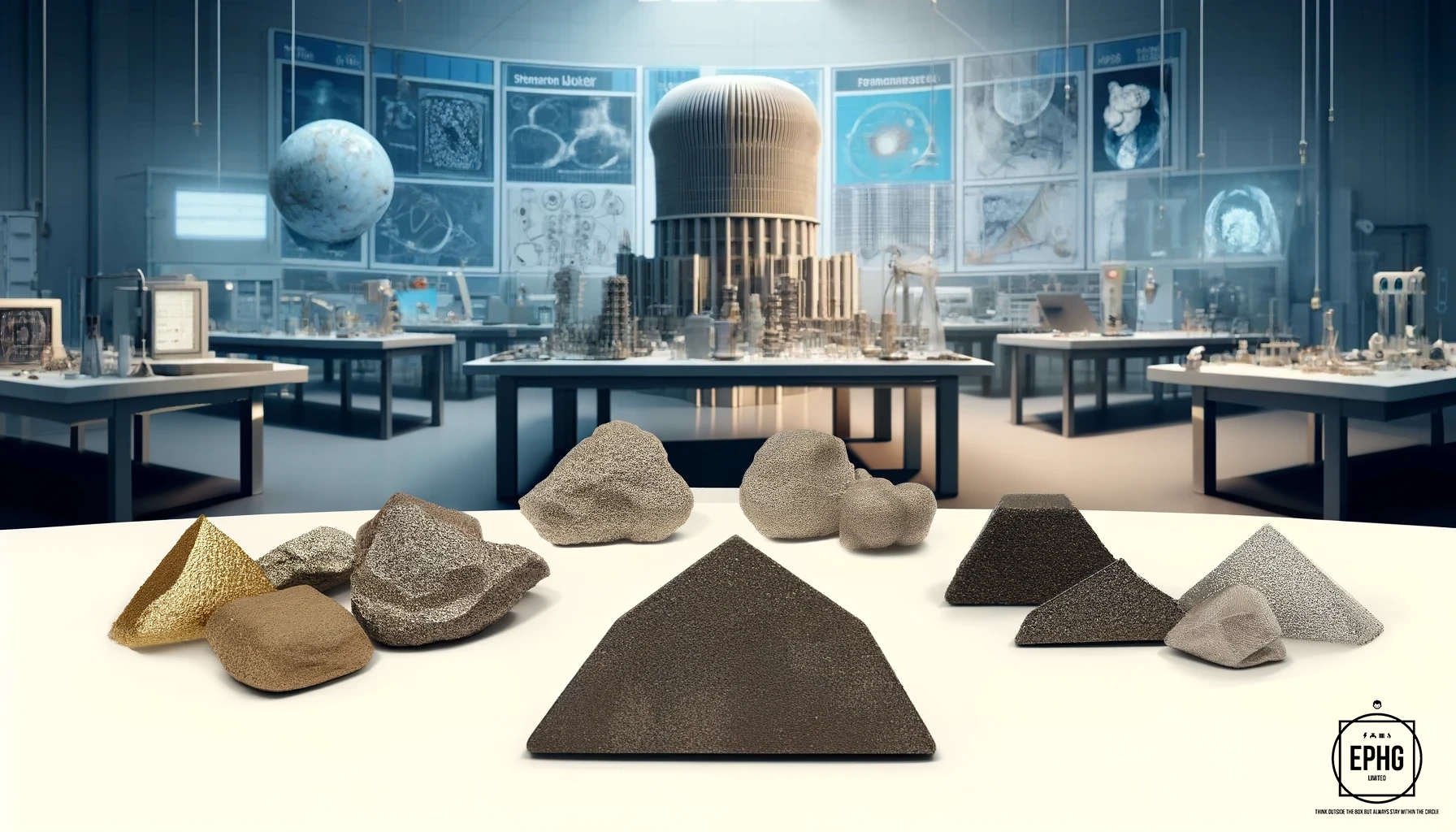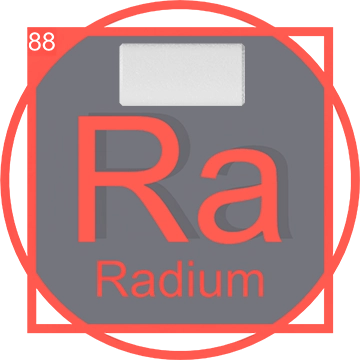Unveiling Alkaline Earth Metals: Versatile Elements in Science and Industry
Dive deep into the world of alkaline earth metals, exploring their crucial roles and fascinating characteristics in various fields from healthcare to high-tech industries.
What Are Alkaline Earth Metals?
Alkaline earth metals include beryllium (Be), magnesium (Mg), calcium (Ca), strontium (Sr), barium (Ba), and radium (Ra). These elements make up group 2 of the periodic table and are characterized by their two valence electrons, which they readily lose to form divalent cations. This group is known for its luster, conductivity, and higher densities compared to alkali metals.
Physical and Chemical Properties of Alkaline Earth Metals

Alkaline earth metals exhibit a range of physical and chemical properties that make them highly useful. They are less reactive than their alkali metal counterparts but still react with water and oxygen, though not as vigorously. Magnesium and calcium are well-known for their roles in biological systems as well as their use in materials science. These metals typically have higher melting points and are good conductors of electricity, making them essential in various industrial applications. Beryllium, for instance, is significant in aerospace engineering due to its light weight and high stiffness. Additionally, the presence of alkaline earth metals in the earth's crust makes them critical components in environmental geochemistry and soil science.
Alkaline Earth Metals Diverse Applications

From construction to medicine, alkaline earth metals are integral. Calcium is a primary component of cement and limestone, playing a pivotal role in construction and agriculture. Magnesium is prized for its lightweight and strength in automotive and aerospace engineering. Barium finds extensive use in radiography for its ability to absorb X-rays.
Extraction and Sources of Alkaline Earth Metals
These metals are typically mined from their mineral ores—magnesium from dolomite and seawater, calcium from limestone, and barium from barite. Techniques like electrolysis and reduction are commonly employed to extract these metals in their pure forms.
Safety and Environmental Considerations of Alkaline Earth Metals
While generally safer to handle than alkali metals, precautions are necessary to manage the mild reactivity of alkaline earth metals, especially when dealing with powdered forms that can be flammable. Environmental considerations are crucial, particularly in the mining and disposal of these metals.
Looking Ahead at Alkaline Earth Metals: Technological Innovations

Research is ongoing into expanding the applications of alkaline earth metals in technology. Innovations in magnesium alloy technologies continue to provide insights into lightweight, durable materials for next-generation consumer electronics and electric vehicles.
Frequently Asked Questions about Alkaline Earth Metals
- What makes alkaline earth metals unique?
- Alkaline earth metals are unique due to their two valence electrons, which contribute to their reactivity and the formation of strong ionic bonds in compounds.
- Are alkaline earth metals dangerous?
- While not as reactive as alkali metals, some alkaline earth metals can pose risks, especially magnesium, which can burn brightly and is difficult to extinguish.
















